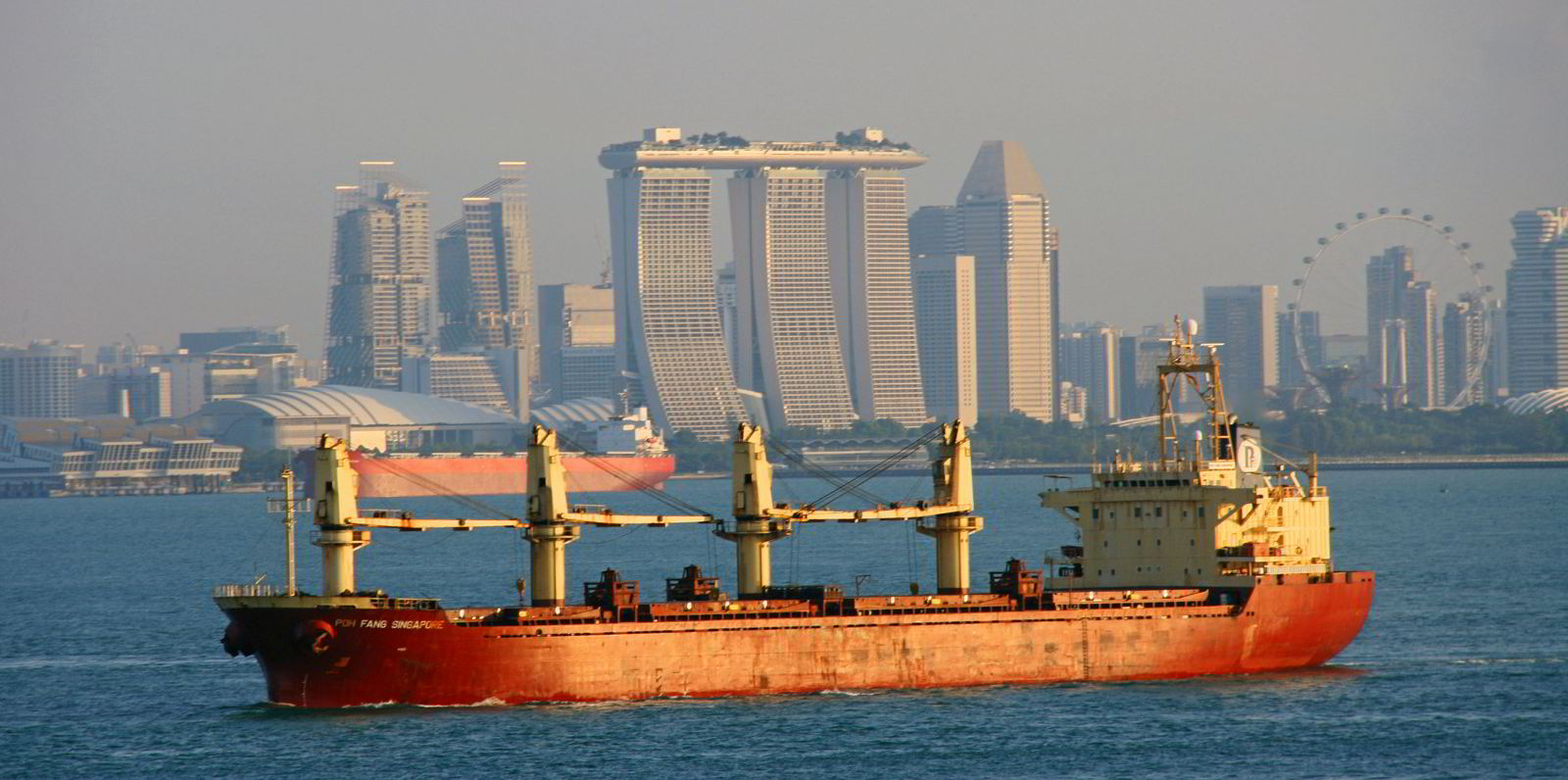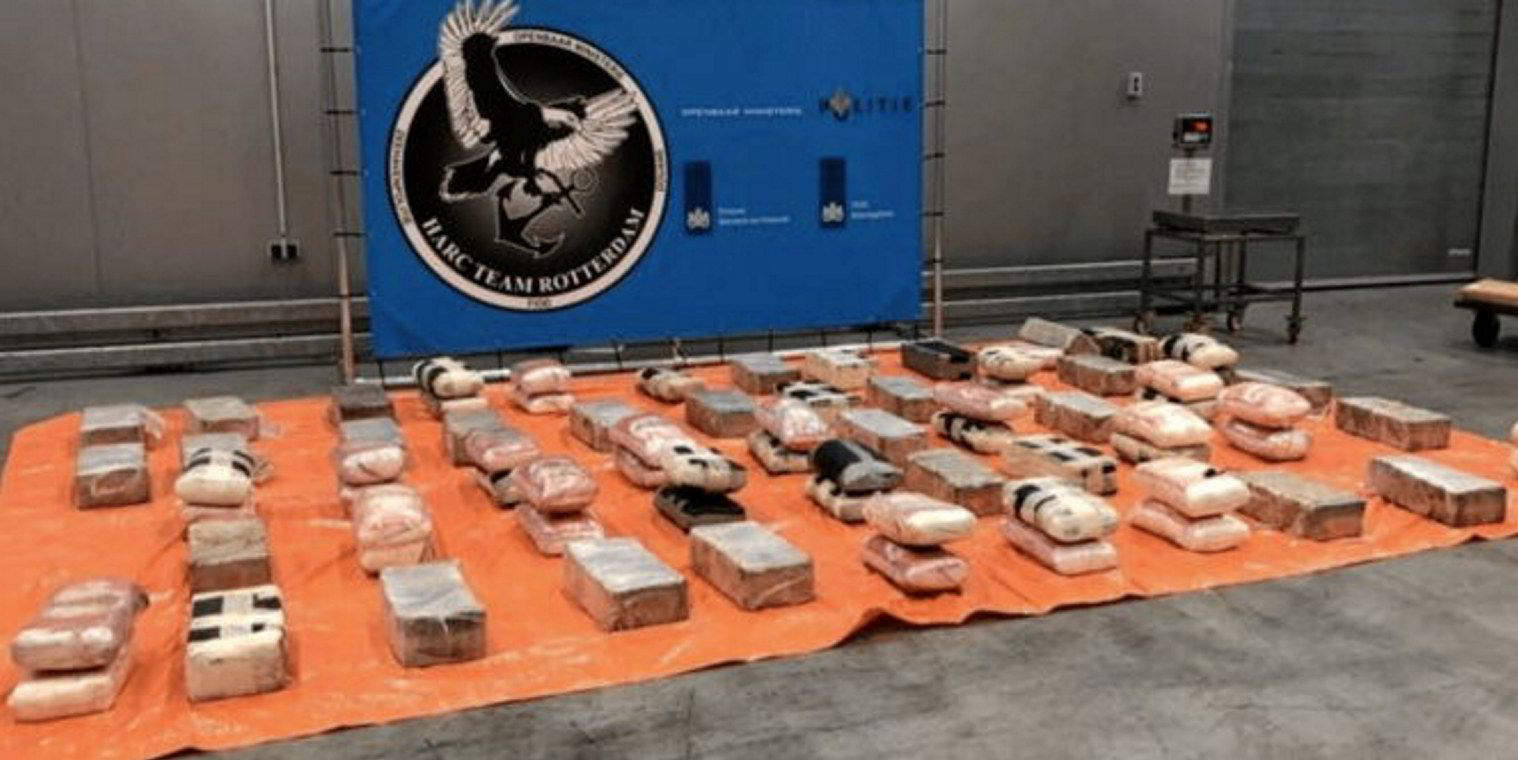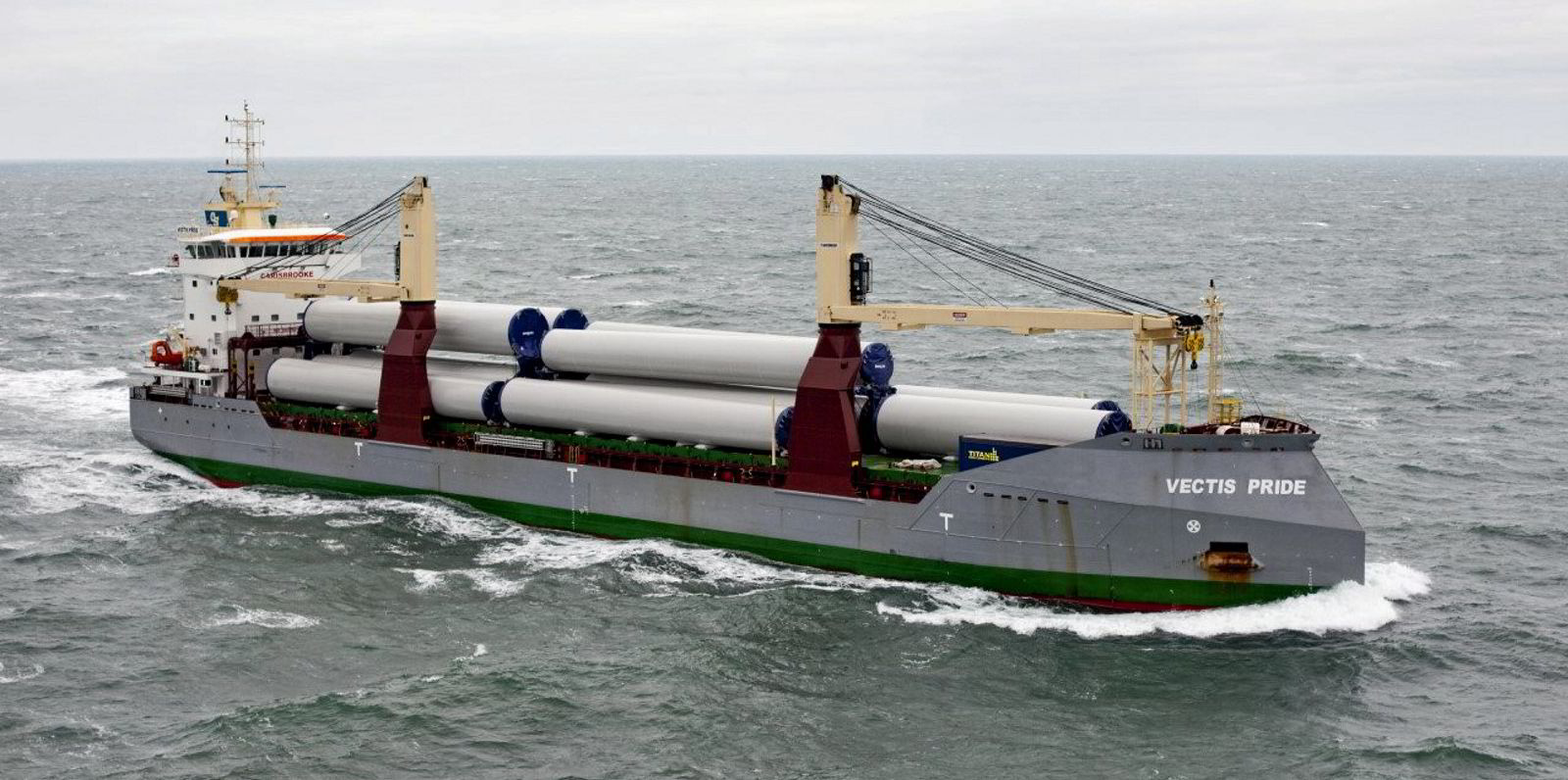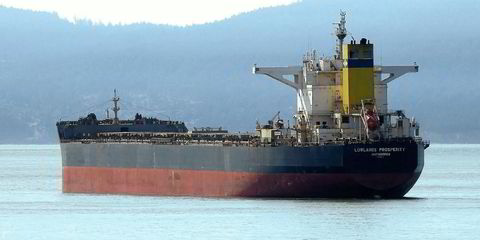Handysize bulk carriers have been the stars of 2021, with rates hitting their highest levels since mid-2008.
Despite rates falling off a little in recent days, fleet employment remains high as demand in disrupted shipping markets remains strong.
Handysize utilisation peaked this year at around 98% and remains close to that level, according to Braemar ACM Shipbroking.
Employment of smaller bulkers is usually dragged up by rising utilisation of larger tonnage but — true to form for 2021 — this year it has been the other way around.
"When we run our historical fleet utilisation model, which tracks how 'fully' the fleet is being employed, handies have shot above all of the other sectors for much of this year, with strength filtering upwards into the bigger vessels," Nick Ristic, Braemar lead dry bulk analyst, told TradeWinds.
"Note that when we pass the 90% mark, rates become extremely sensitive to small changes in supply and demand. It is only recently that the capes[izes] have approached these levels, for example."
Tonnage lists are building in Asia and to a lesser extent the Atlantic and Mediterranean, while fresh enquiry remains low, causing spot rates to fall since their recent 13-year high.
The Baltic Exchange's basket assessment of average handysize spot rates reached $37,109 per day on Monday 25 October, but had fallen by just over 4% by Friday 29 October.
Congestion at Chinese ports is easing "possibly due to industry scaling back due to the upcoming Winter Olympics", according to the Baltic's weekly market report.
Fundamentals
This year has seen decent growth in volumes for minor bulks, minerals and other typical handysize cargoes, while vessel supply has been low.
The global handysize fleet is scheduled to grow by 2.7% or 110 vessels this year, of which 29 are still to be delivered, according to Clarksons Research data.
The overall handysize orderbook for vessels of up to 44,999 dwt currently stands at just 154 vessels, equivalent to 4% of the current live fleet, the data shows.
Just under two-thirds of these vessels will hit the water before 2023.
But timing has been key to the strength of this bulker segment too.
Port congestion has taken a large number of handysizes out of the trading fleet for long periods. Vessels are also undertaking longer-haul trips.
One chartering manager for a handysize owner told TradeWinds that he had a vessel wait at anchor outside a Chinese port for 50 days to unload grain after a voyage from South America that typically would have taken 60 days to complete.
"The growth in cargo demand has been healthy across all sectors up until recently," he said.
"What's made it look super-healthy is the amount of time each voyage has taken to prosecute, which has definitely gone up."
Arbitrage
The minor bulk trade has generally fared much better than commodities such as iron ore and coal this year on the back of new trading opportunities, according to Ristic.
"On commodities like steel, you have a lot of regional arbitrages opening up that have been very supportive of geared tonnage and I suspect the same trend is at play across other goods," he told TradeWinds.
For steel, he said this means handysizes and supramaxes are being employed on longer-haul trips that have opened up as a result of the regional mismatch in supply and demand — "for example, the Far-East to the US".
"Because there are so many East-West cargoes, the steel is also a particularly good backhaul and has helped to pull ships out of the Pacific and tighten that market," he said.
But Ristic does not see arbitrage-driven trades such as this lasting into next year.
"This kind of trade is likely to subside as we progress into 2022 as capacity local to demand catches up," he said.
The chartering manager with whom TradeWinds spoke sees a similar pattern with intra-Asian coking coal trades.
Food cargoes like sugar and rice are also making their way back into bulker holds. Five handys have been reported fixed for sugar so far this year, compared to two in 2020, according to fixtures data.
"China normally exports coal around the region and places it’s normally exporting coal to are now exporting coal to [China] — Korea, Japan and so on," he said. "Something they’ve already bought, they’re selling back for profit.
"It’s a very small volume in that case, but [for] some it’s noticeable what’s going on."
Ristic thinks handysizes have also received "a real boost" from carrying cargoes that would normally be containerised, either as parcel cargoes or using the whole ship.
Heavily disrupted containership markets and sky-high freight rates have meant bulkers have been carrying these swing cargoes including steels, pulp, equipment and various kinds of bales and unitised cargo.
"It is very difficult to quantify how much support the smaller bulkers are receiving from this trend, as it’s virtually impossible to identify a bulk cargo that otherwise would have gone in containers," Ristic said.






